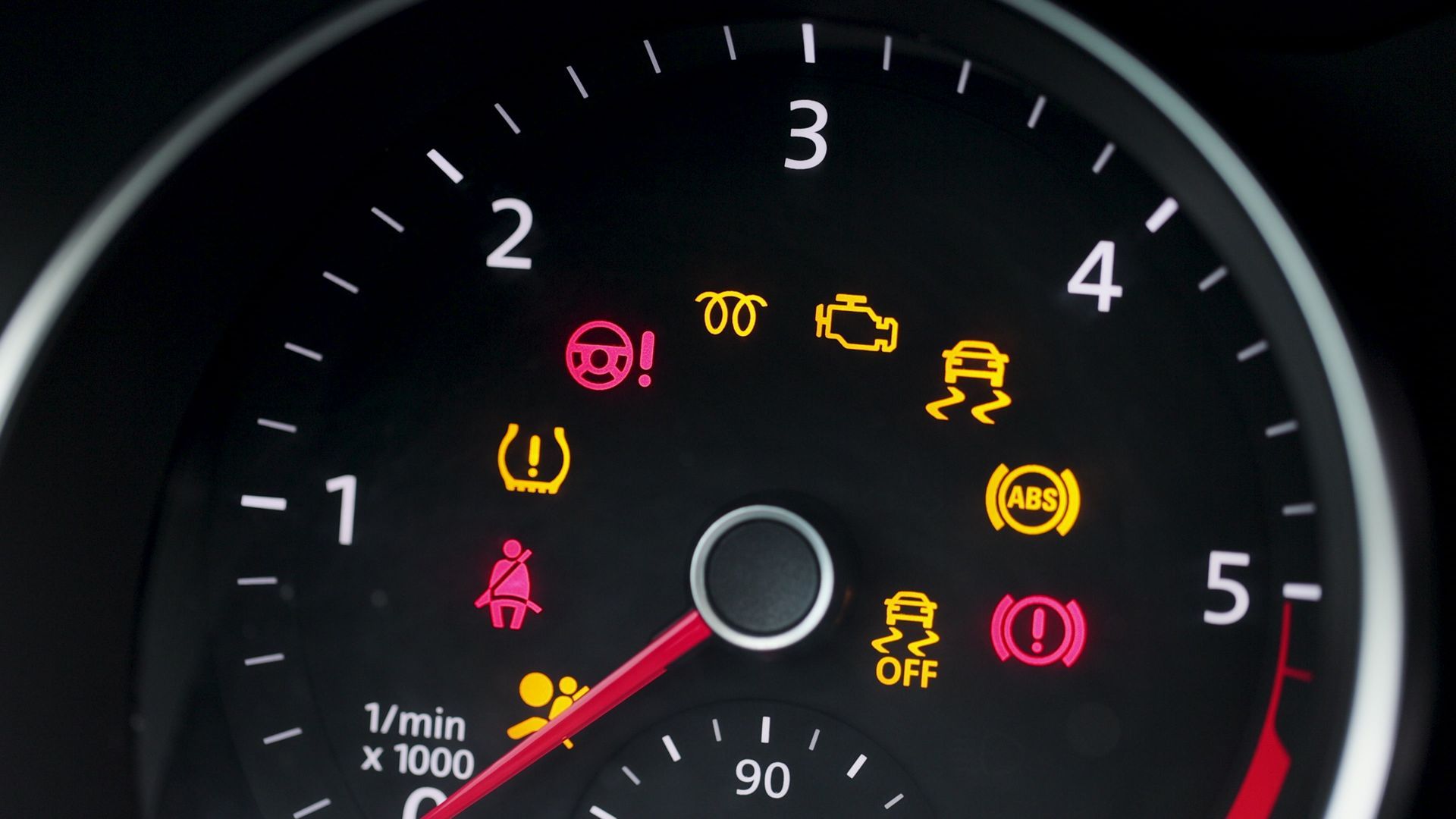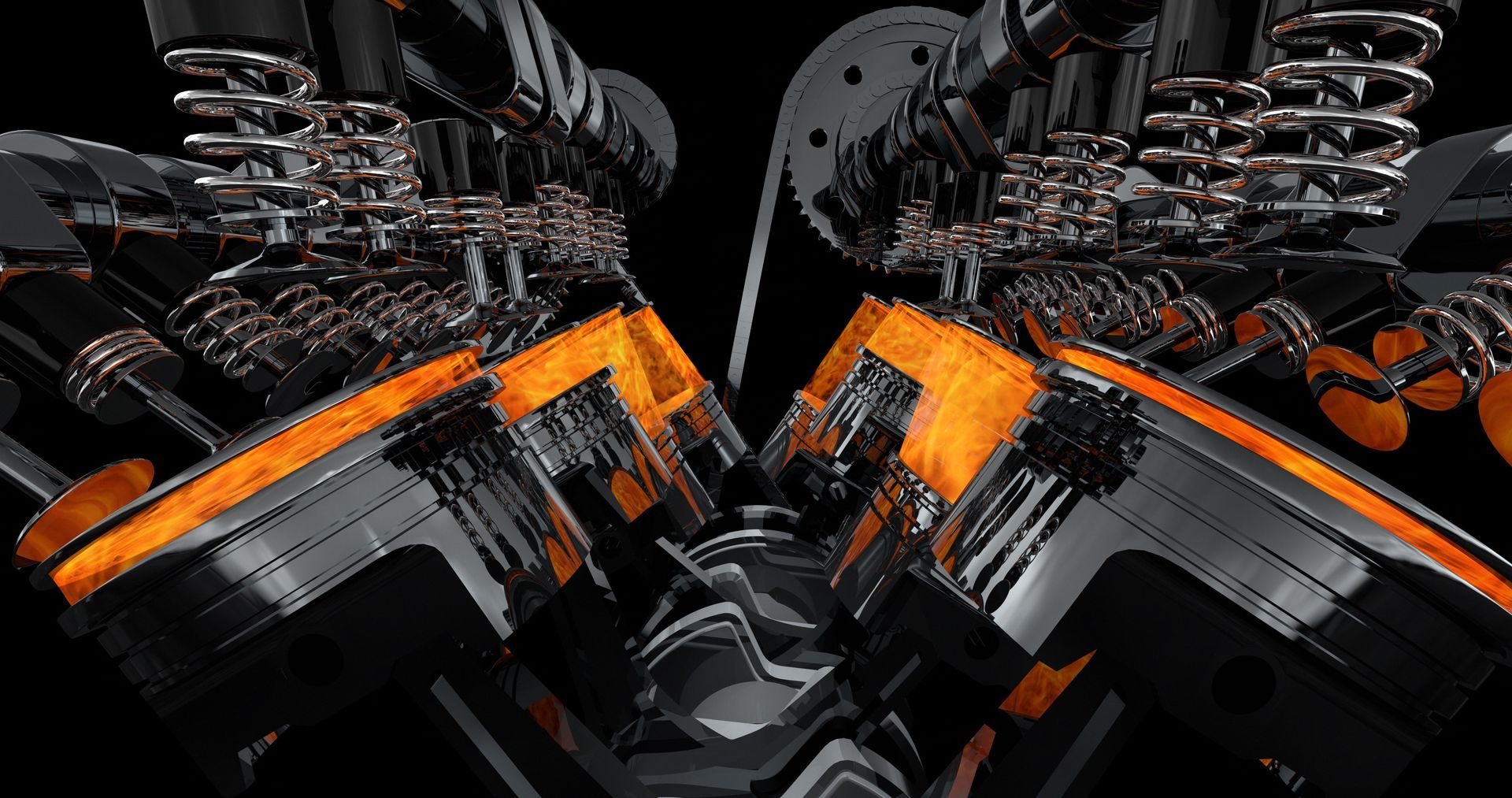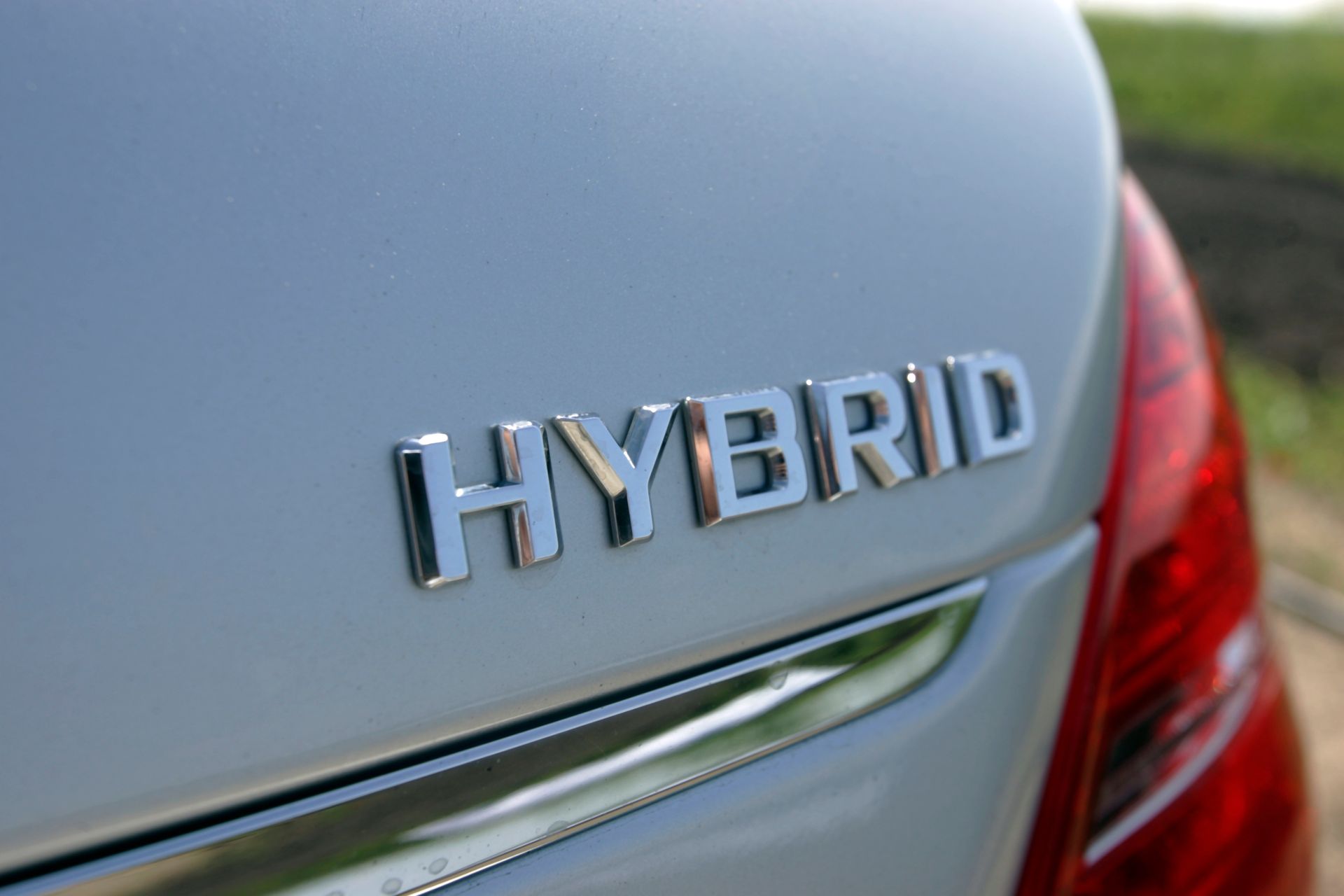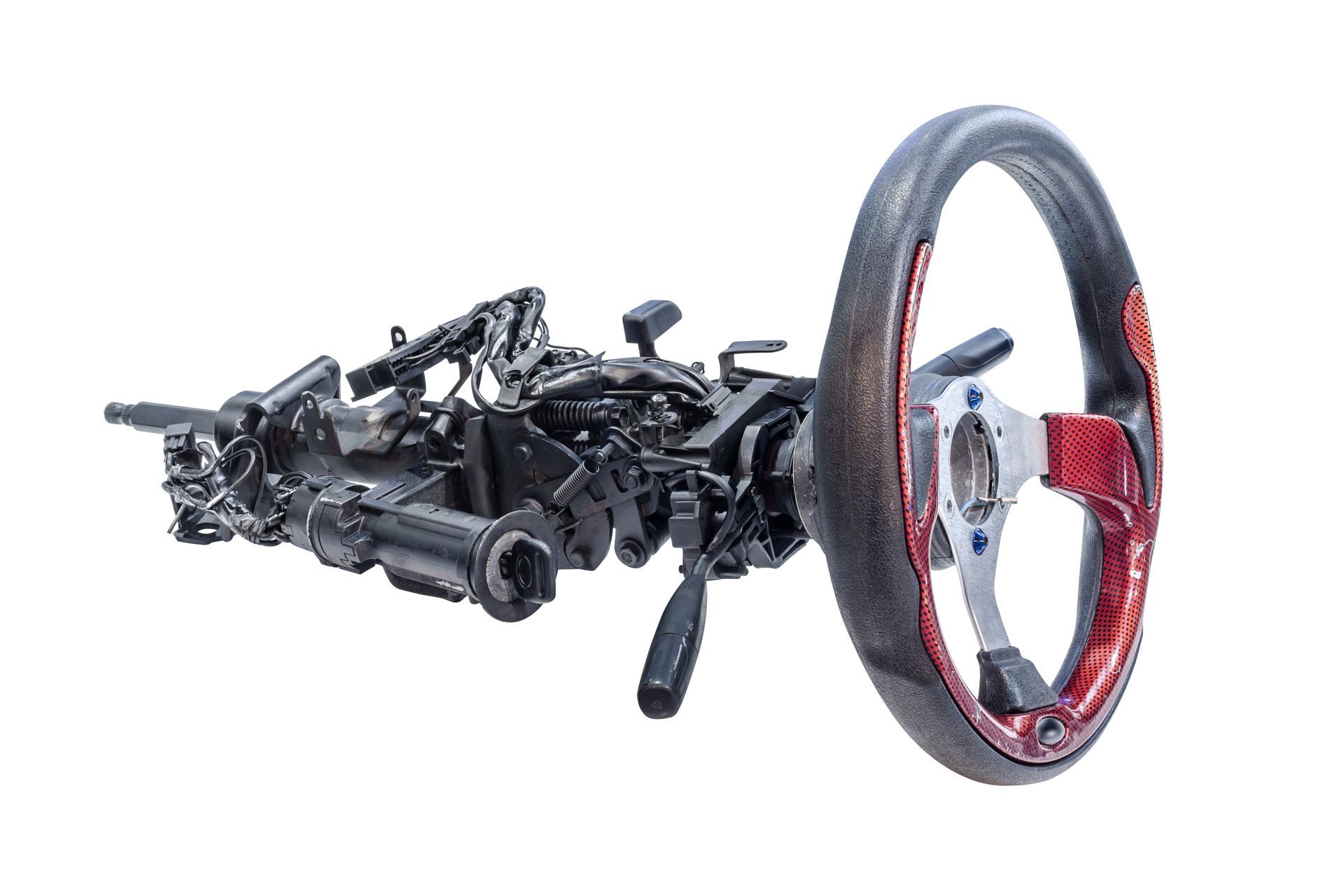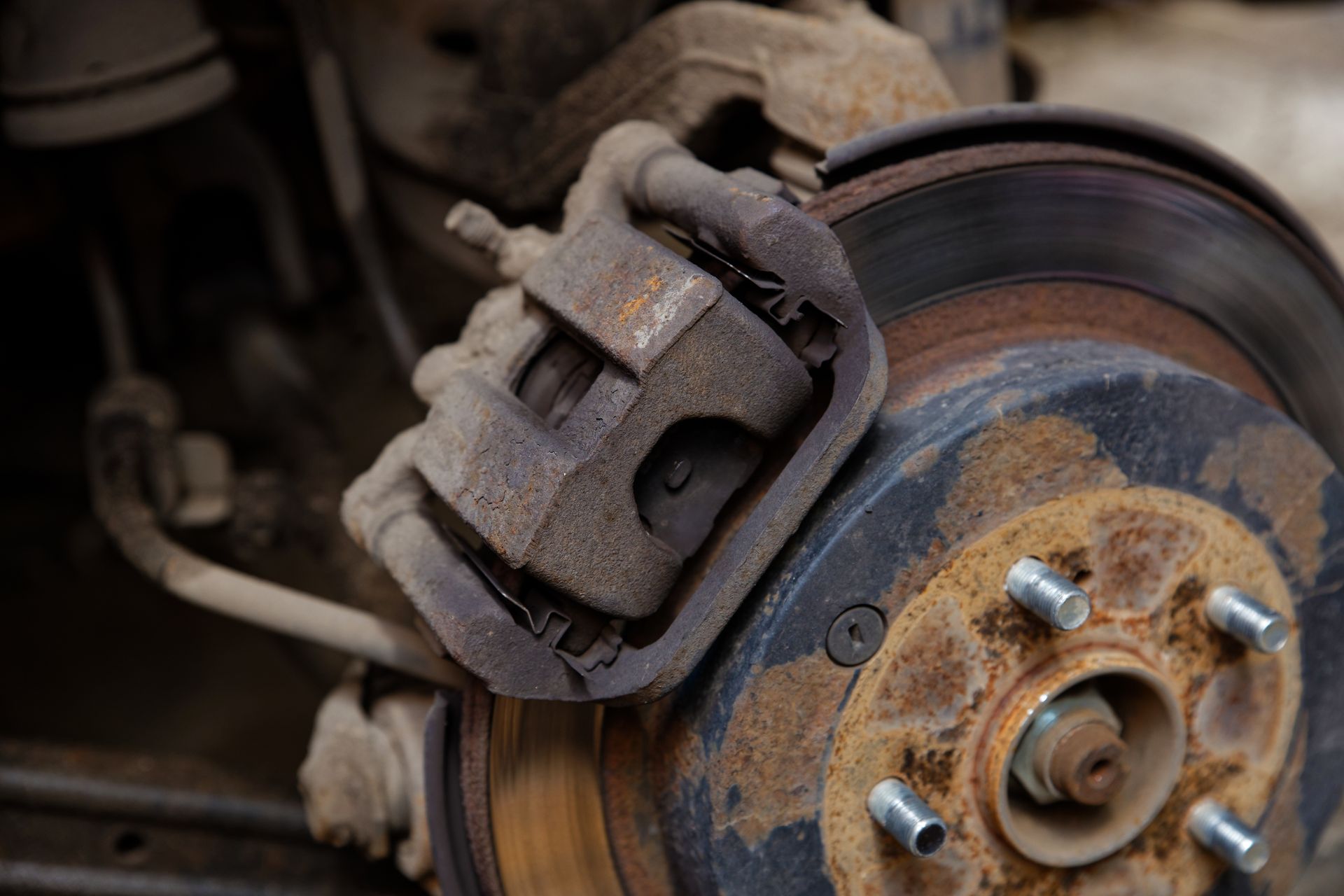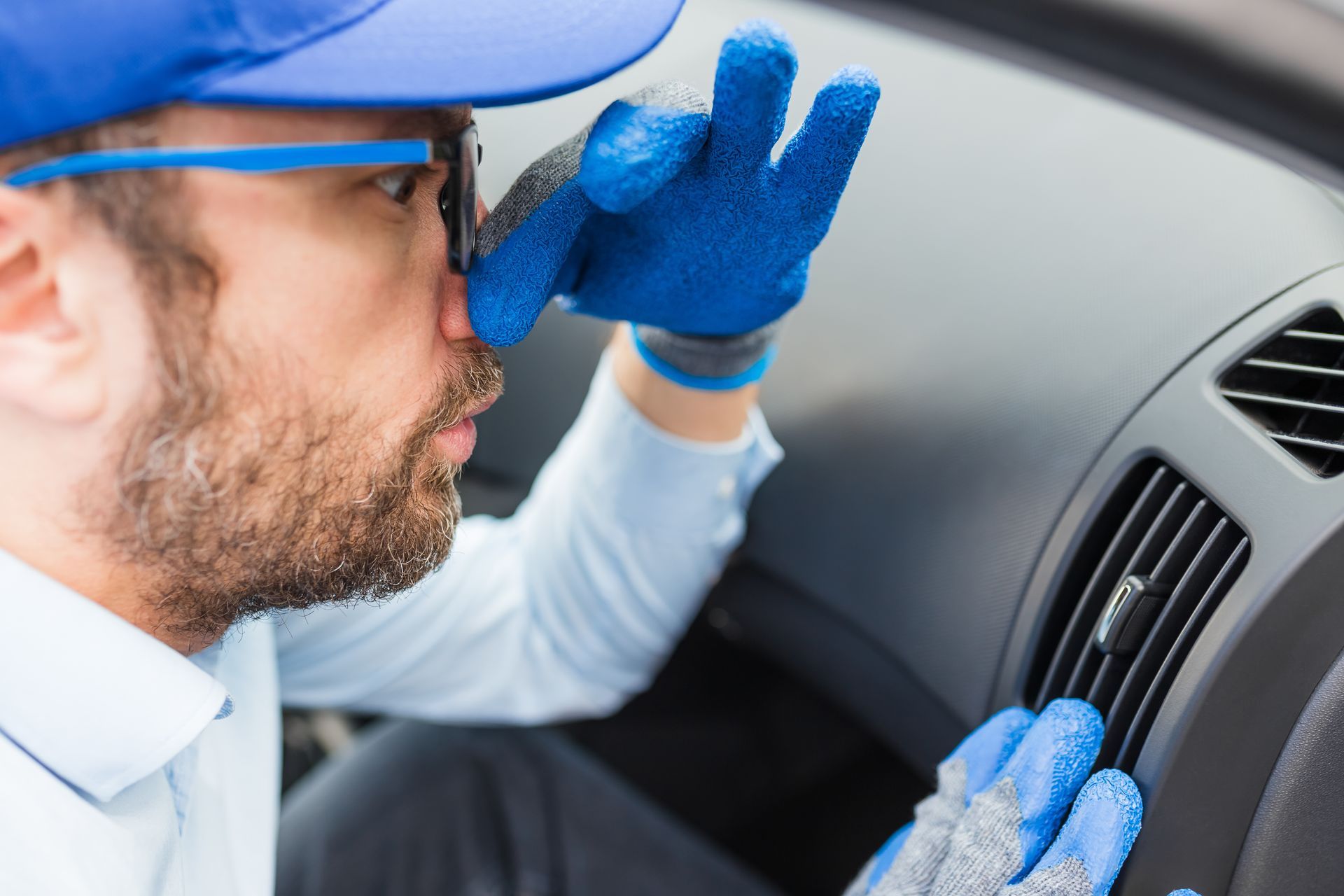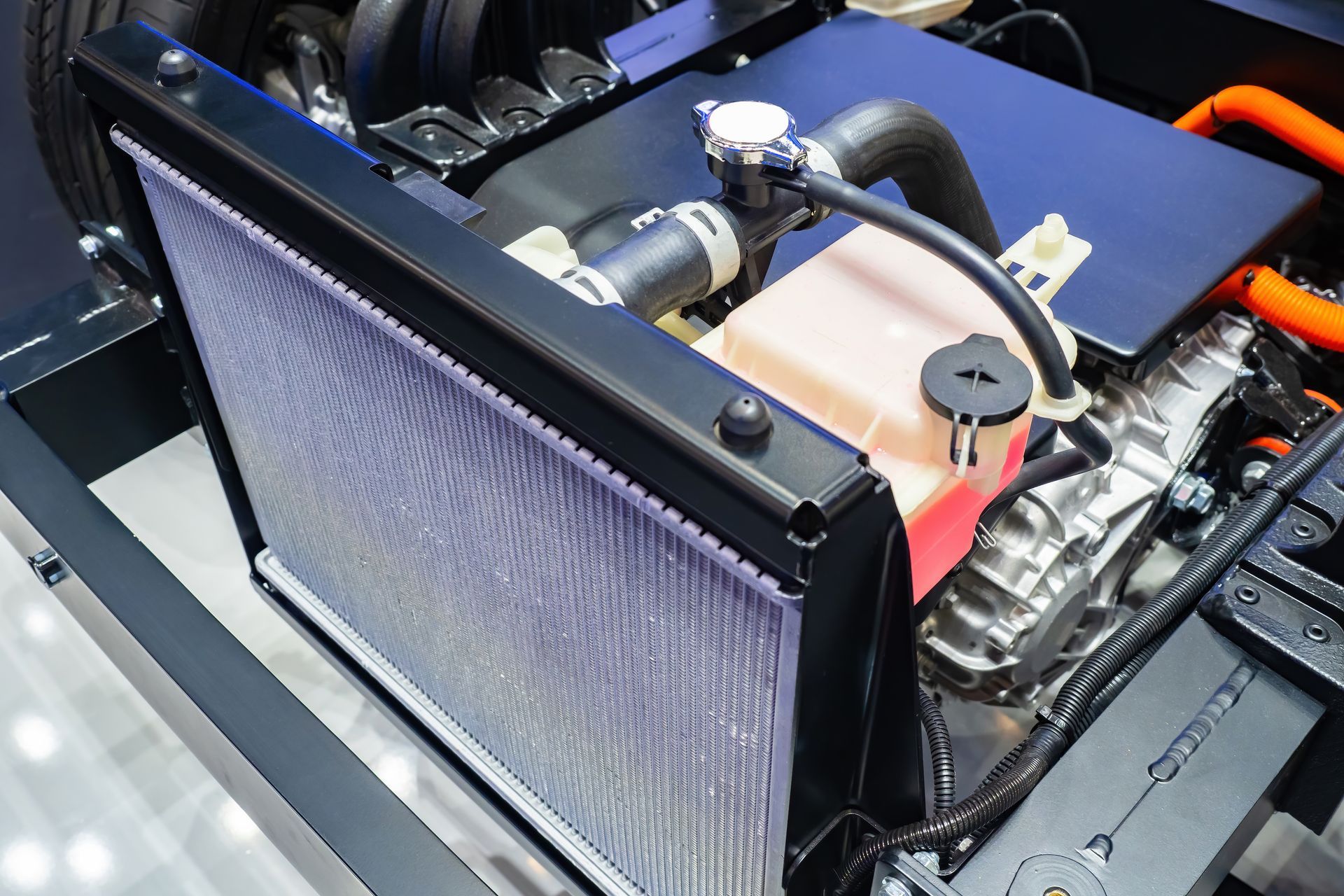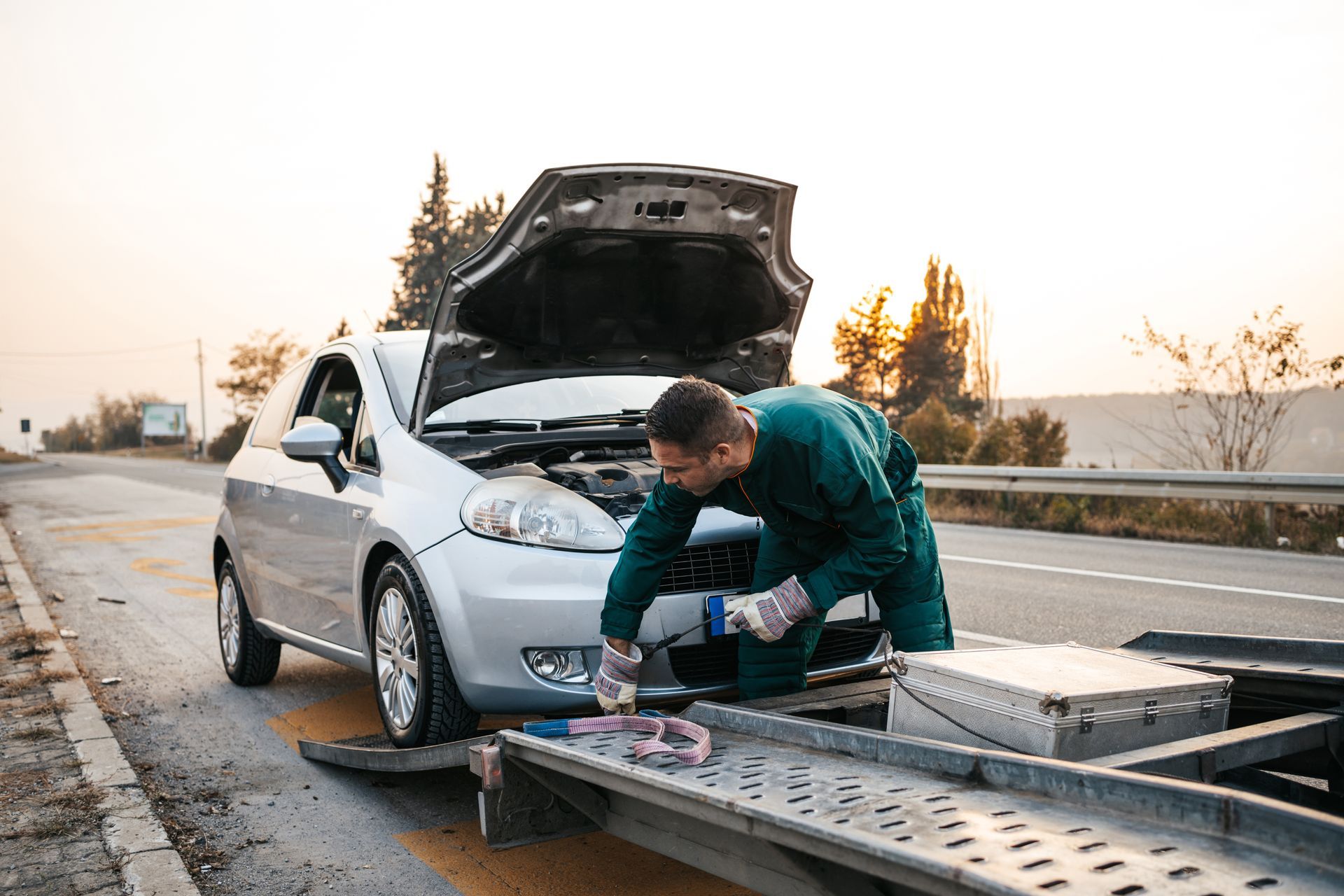Cruise control is one of those features that makes highway driving easier and more comfortable. It helps you maintain a steady speed, reduces foot fatigue, and improves fuel efficiency. But when it’s raining, that convenience quickly becomes a safety risk.
Many drivers don’t realize that cruise control should be turned off in wet conditions. It’s not just a matter of preference—it’s about keeping your vehicle under control on roads that can change from safe to slippery instantly. Here’s why cruise control and rain don’t mix, and what you should be doing instead.
How Cruise Control Works—and Why That’s a Problem in the Rain
Cruise control maintains a constant speed by automatically adjusting the throttle. It doesn’t consider road surface conditions and doesn’t know when your tires lose grip. When roads are wet, the amount of traction your tires have can change suddenly, especially during a downpour or when driving through standing water.
If your vehicle begins to hydroplane—where your tires lose contact with the road and glide over water—cruise control can actually make the situation worse. Instead of reducing speed, the system might continue trying to maintain or regain your set speed, even while your tires struggle to stay in control.
Hydroplaning Happens Fast
Hydroplaning doesn’t take much water. Even a thin layer on the surface can cause your tires to lose grip, especially if they’re worn or underinflated. If you’re using cruise control when it happens, your reaction time is delayed because your foot isn’t already on the gas or brake.
Without your foot in position, you're slower to lift off the accelerator or make controlled adjustments. In slippery conditions, every fraction of a second matters.
You Lose the Feel of the Road
One of the biggest downsides of cruise control in the rain is that it reduces your connection to the car. When you’re not actively managing your speed, you’re less tuned in to how the vehicle responds to changes in the road surface. If the car starts to slide, drift, or feel “loose,” you might not notice as quickly as you would if you were actively driving.
When you manage the pedals yourself, you can ease off the gas as soon as you feel the tires slip or the steering get light. Cruise control removes that immediate feedback and, with it, your ability to respond quickly.
What About Adaptive Cruise Control
Many modern vehicles are equipped with adaptive cruise control systems that adjust your speed based on traffic flow. These systems use sensors to maintain a safe following distance and can even apply the brakes automatically if needed.
While adaptive cruise control adds a layer of intelligence to the system, it still has limitations in poor weather. Rain can interfere with the sensors, and the system may not react appropriately if hydroplaning or tire slippage occurs. It’s always better to turn off any type of cruise control in wet weather and rely on manual control instead.
Safer Alternatives for Wet Weather Driving
Instead of cruise control, keep your foot lightly on the accelerator and increase your following distance. Drive slower than usual, especially on highways or unfamiliar roads. Avoid sudden movements with the steering wheel, and don’t slam on the brakes.
If your car starts to skid, gently ease off the gas and steer in the direction you want the front of the car to go. Avoid sharp turns or overcorrecting. The goal is to stay calm, steady, and in full control of the vehicle.
Green Tech Garage – Keeping Spokane Valley Drivers Safe in Every Season
At Green Tech Garage, we care about how your car performs—and how you drive it. Features like cruise control are helpful tools, but only when used under the right conditions. If you’re driving through rain, play it safe by turning it off. And if you need new tires, alignment, or brake service to stay confident in wet weather, we’re here to help.
Stop by and let our team keep you safe through every storm.


